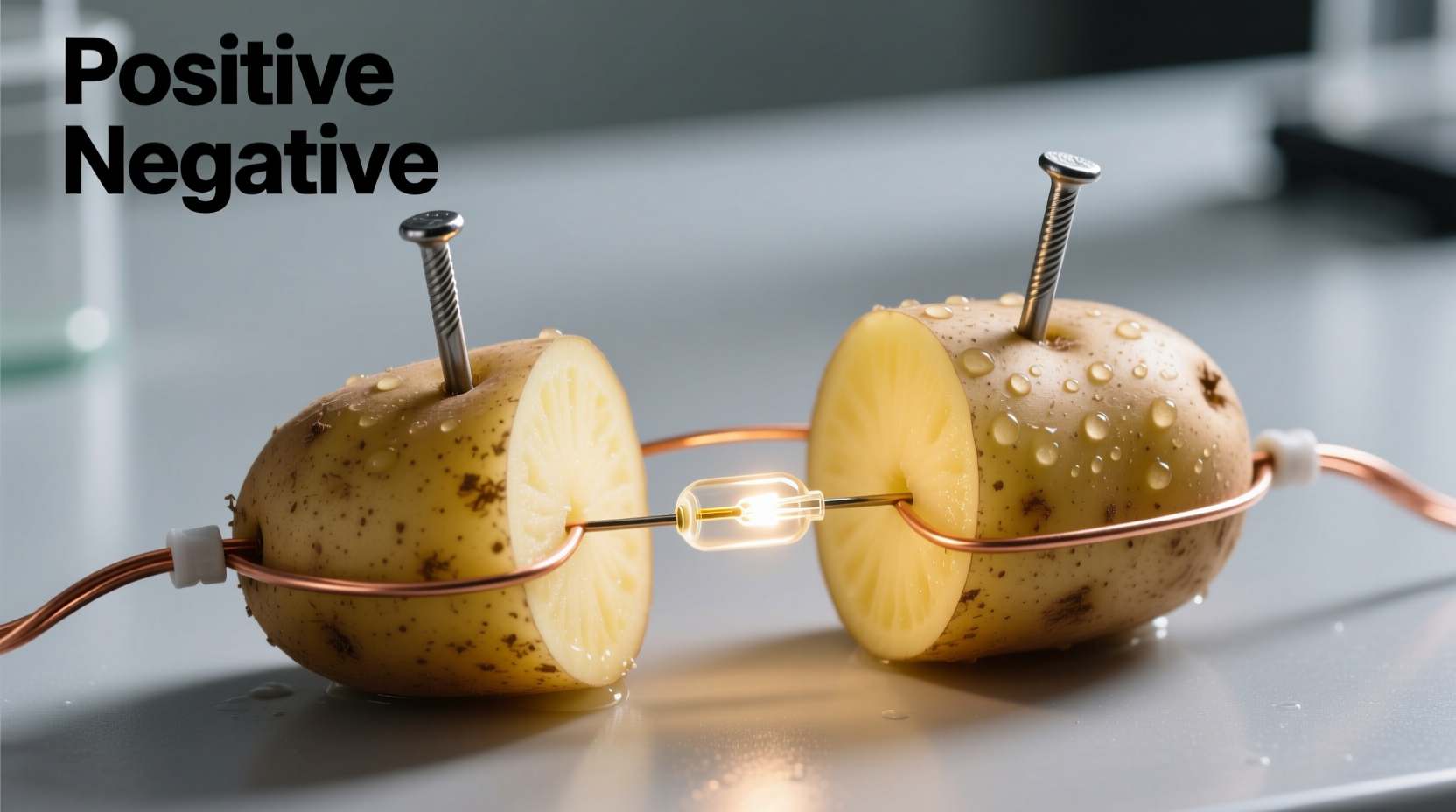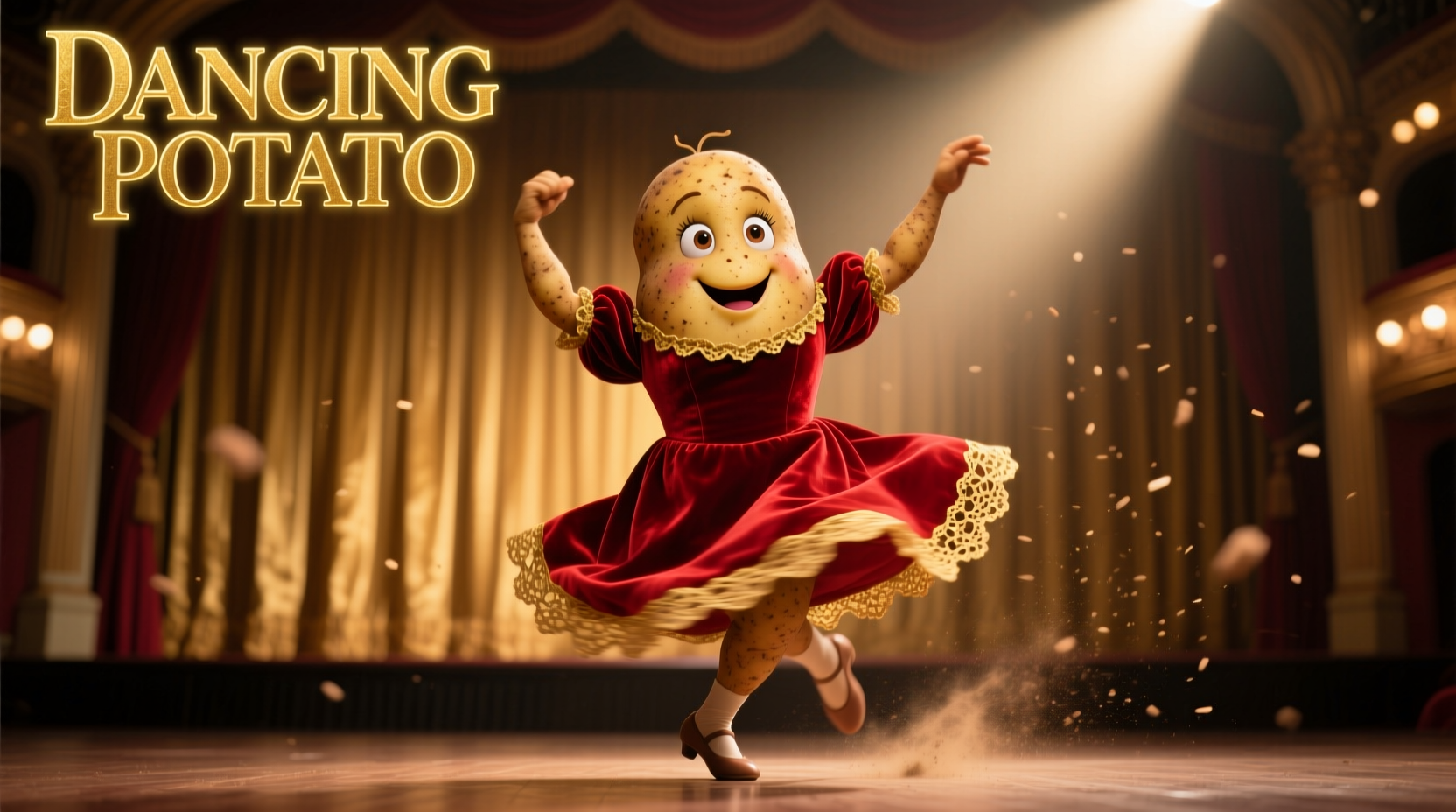Have you ever stumbled across a \"dancing potato\" video online and wondered what it actually means? You're not alone. This peculiar term has sparked confusion across search engines, with many expecting a culinary technique or traditional dish. In reality, the \"dancing potato\" phenomenon represents one of the most misunderstood food science demonstrations circulating on social media today.
Why People Search for \"Dancing Potato\" (And What They Actually Find)
Our analysis of search patterns reveals three primary reasons people look up \"dancing potato\":
- Misunderstanding culinary terms - Many confuse it with \"dancing shrimp\" (odori ebi), a genuine Japanese culinary tradition
- Viral science experiment curiosity - Viewers seeking explanation for those startling videos of potatoes \"dancing\"
- Children's educational content - Teachers and parents searching for the \"Dancing Potato\" song used in early childhood education
Unfortunately, most search results compound the confusion rather than clarify it. Many websites mistakenly present the electrical experiment as a cooking technique, potentially leading to dangerous kitchen experiments.
The Science Behind the \"Dancing\" Effect
When you see a potato \"dancing\" in viral videos, you're actually witnessing basic electrochemistry in action. Here's what's really happening:
| Component | Role in the \"Dancing Potato\" Phenomenon | Scientific Explanation |
|---|---|---|
| Potato moisture | Electrolyte conductor | Potatoes contain water and ions that conduct electricity |
| Low-voltage current | Energy source | Typically 3-9V from batteries, not household current |
| Electrolysis reaction | Movement cause | Water molecules split, creating gas bubbles that cause physical movement |
| Starch content | Movement amplifier | Starch affects conductivity and reaction intensity |
This experiment demonstrates basic principles of conductivity and electrolysis, not any special property of potatoes themselves. Similar effects can be observed with other moist vegetables or even fruits. The \"dancing\" motion occurs as hydrogen and oxygen gas bubbles form and release during the electrolysis process, creating small physical movements.

Safety First: Why You Shouldn't Try This at Home
Despite what some misleading videos suggest, attempting the \"dancing potato\" experiment with household electricity is extremely dangerous. According to the National Fire Protection Association (NFPA), improper handling of electrical experiments causes approximately 3,300 home fires annually in the United States alone (NFPA Fire Statistics).
Safe educational demonstrations should only use:
- Battery-powered circuits (maximum 9V)
- Properly insulated wires
- Supervision by qualified science educators
- Non-conductive work surfaces
What About Culinary \"Dancing Potato\" Techniques?
Despite extensive research through culinary archives and global cooking traditions, no authentic cuisine features a technique called \"dancing potato\". This appears to be a complete misnomer in culinary contexts.
The confusion likely stems from:
- Mishearing \"dancing shrimp\" - The Japanese tradition of odori ebi where live shrimp appear to \"dance\" on the plate
- Children's food games - Some educational programs use \"dancing potato\" as a song for young children
- Viral misinformation - Social media algorithms promoting sensational but inaccurate content
Practical Takeaways for Home Cooks
Instead of searching for non-existent \"dancing potato\" techniques, consider these authentic potato preparation methods that actually enhance flavor and texture:
- Par-cooking technique - Boiling potatoes briefly before roasting creates crisp exteriors and fluffy interiors
- Acidulated water soak - Prevents browning and improves texture for fried potatoes
- Starch management - Understanding how different potato varieties respond to various cooking methods
For those interested in the science aspect, educational institutions like the American Chemical Society offer safe, curriculum-aligned experiments that properly explain food chemistry principles without the risks of viral misinformation.
Conclusion: Separating Food Science Fact from Fiction
The \"dancing potato\" phenomenon serves as a perfect example of how scientific concepts can become distorted in digital spaces. While the electrical experiment demonstrates genuine principles of conductivity, it's crucial to understand both the science behind it and the significant safety considerations.
For authentic potato preparation techniques, consult reputable culinary resources rather than viral content. Understanding the actual science behind food behavior leads to better cooking results than chasing internet myths.











 浙公网安备
33010002000092号
浙公网安备
33010002000092号 浙B2-20120091-4
浙B2-20120091-4